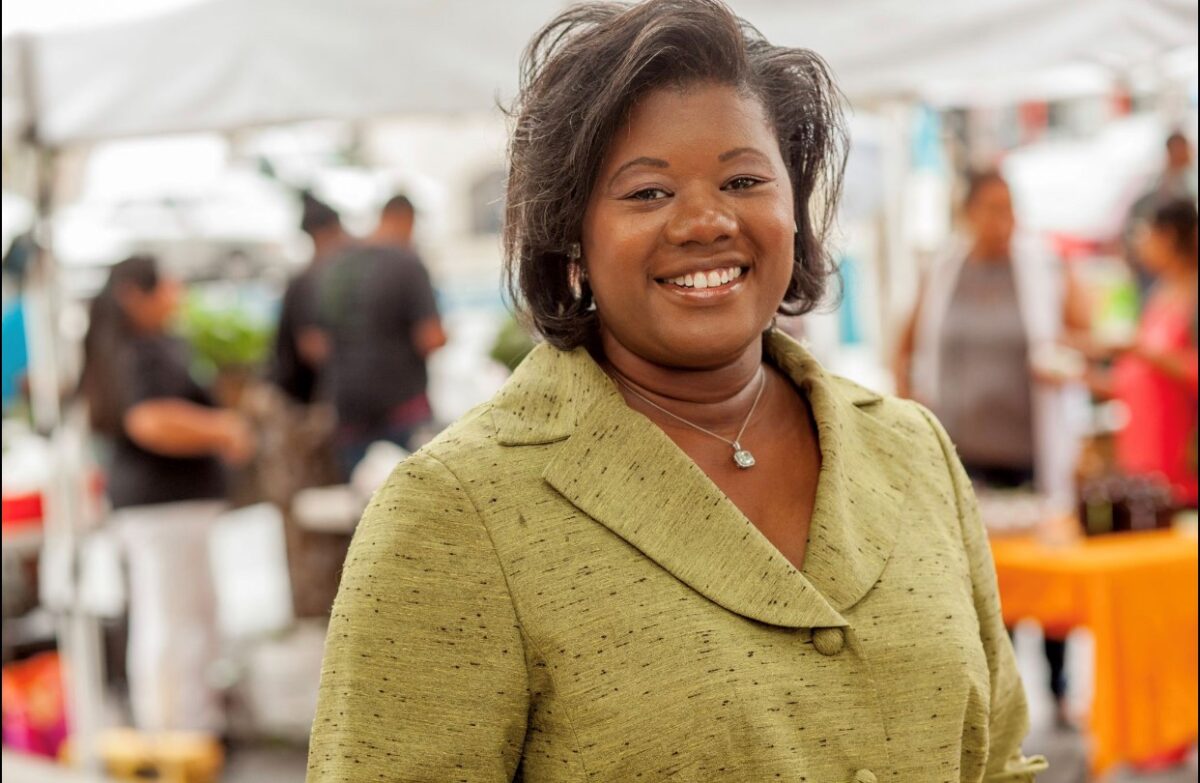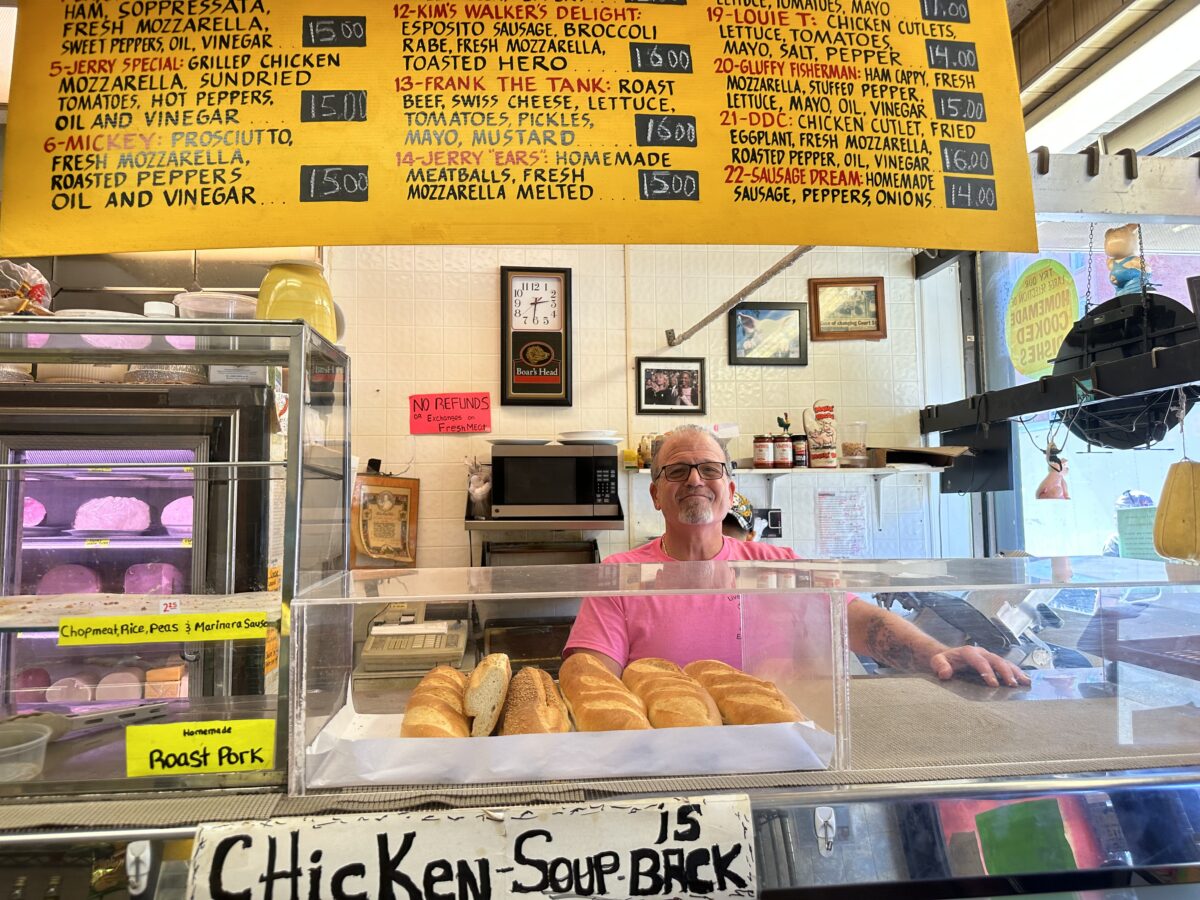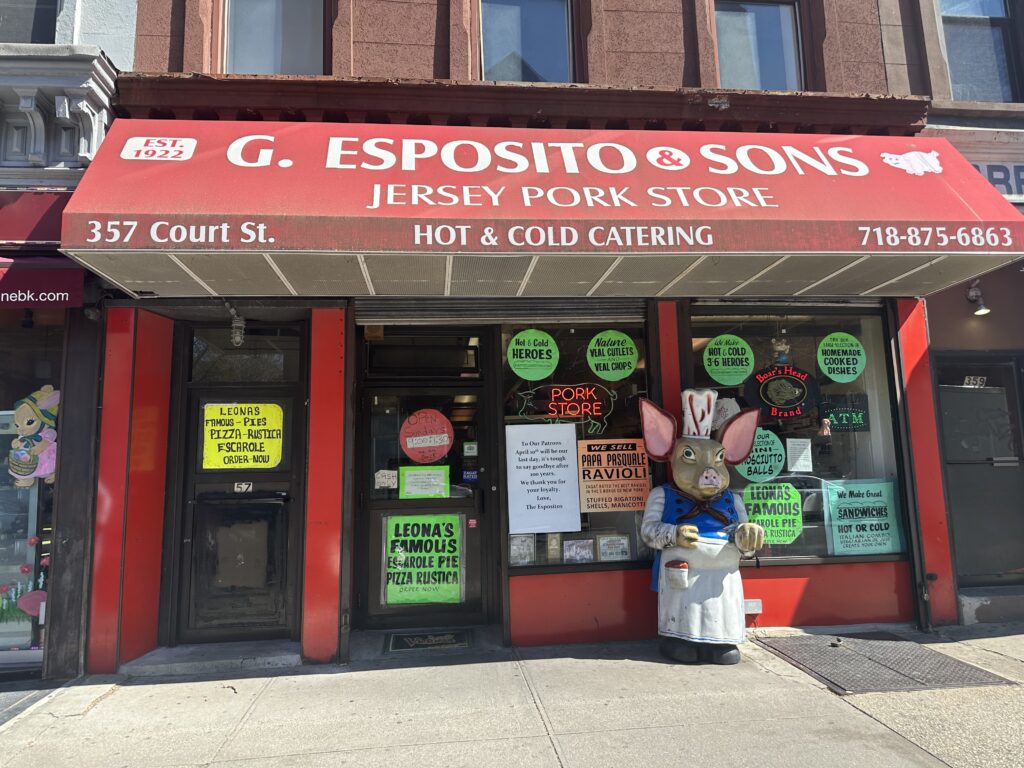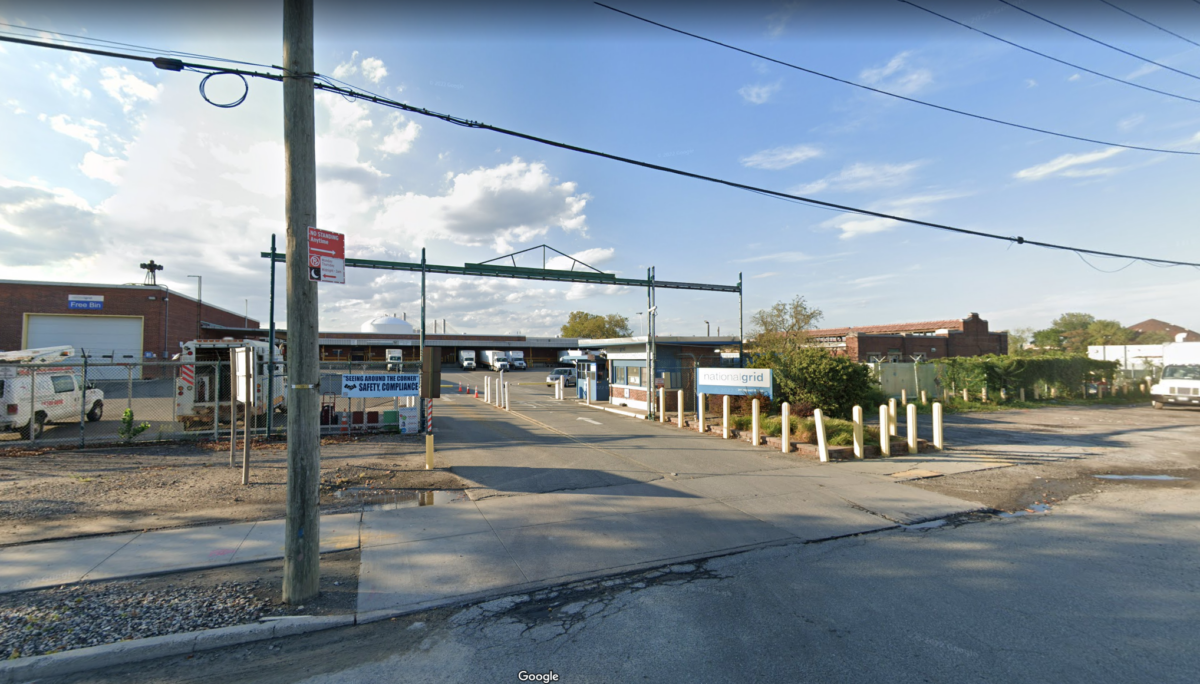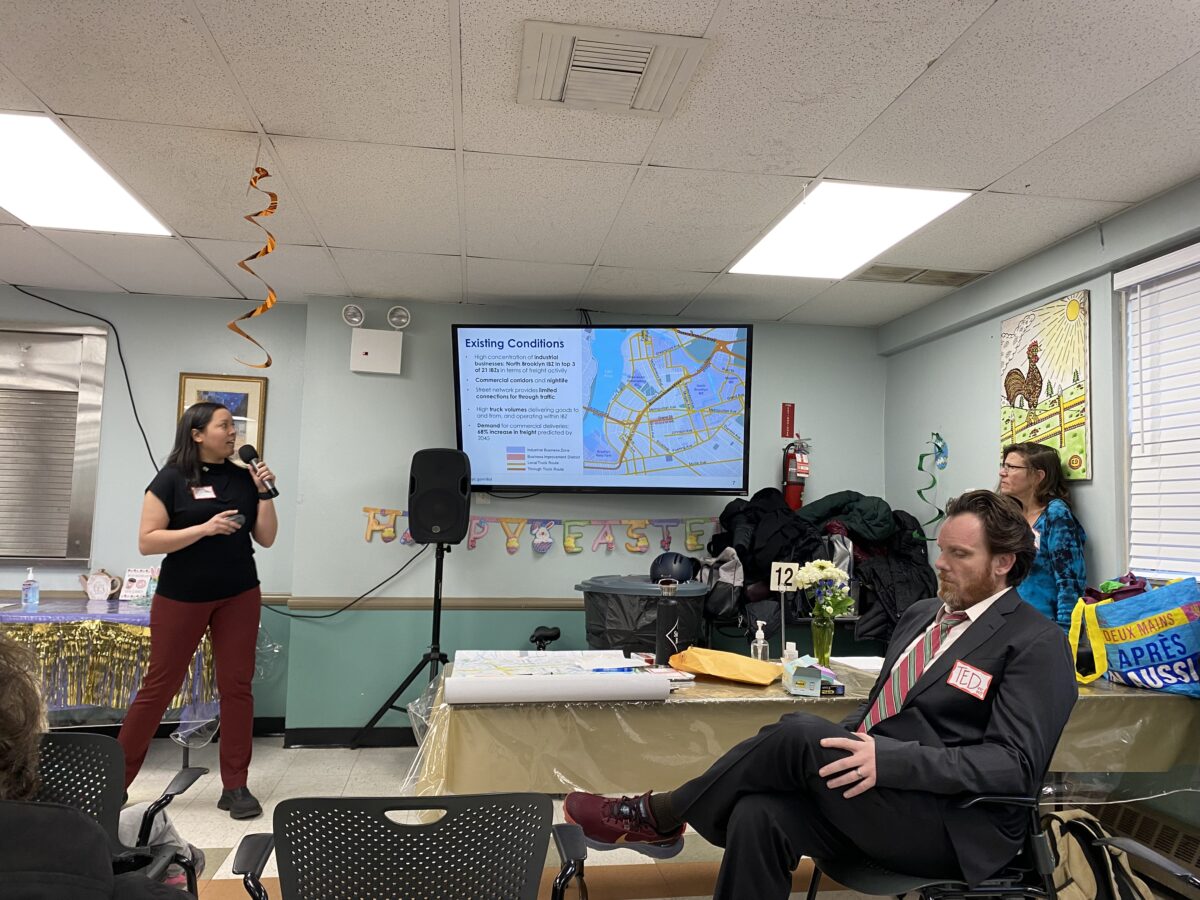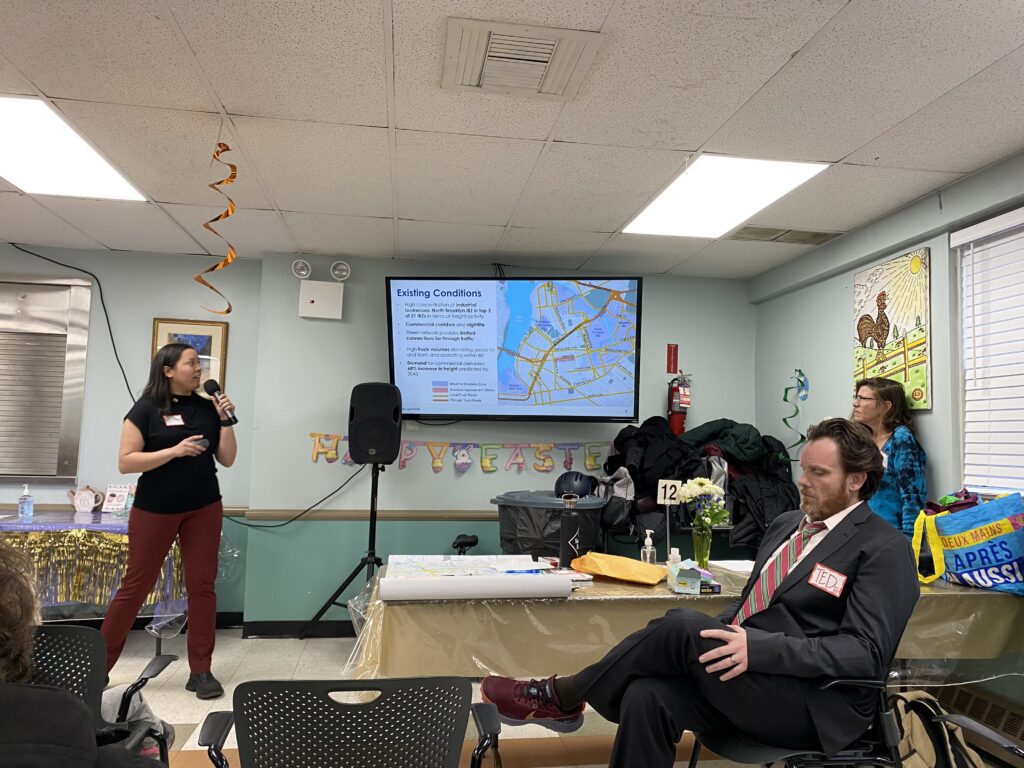Brooklyn Bakes First Three Legal Cannabis Licenses
Brooklyn Star
on
April 5, 2023
Brooklyn Bakes First Three Legal Cannabis Licenses
Gabriel Poblete, The City
 This article was originally published on by THE CITY
This article was originally published on by THE CITY
/cdn.vox-cdn.com/uploads/chorus_asset/file/24320551/12.27.2022_10.jpg)
New York’s cannabis regulators issued a flurry of new dispensary licenses Monday, including the first three to individuals who will operate in Brooklyn, after a federal court lifted an injunction that had blocked licenses for the borough.
The Cannabis Control Board of the Office of Cannabis Management (OCM) met Monday at Medgar Evers College in Crown Heights to issue 99 new licenses statewide, with 53 going to New York City applicants. In total, the state has issued 155 of the 300 Conditional Adult-Use Retail Dispensary (CAURD) business licenses, which are for people who have been impacted by cannabis-related convictions. Ten other licenses have gone to nonprofits.
“We’re absolutely thrilled that we’re able to expand the rollout of legalized cannabis across almost every region of this state, and that New Yorkers in these regions will soon have access to locally grown and tested, safe cannabis,” said Tremaine Wright, the board’s chair.
The OCM was barred by a November injunction from issuing licenses in Brooklyn and four other regions elsewhere in the state due to a lawsuit by cannabis company Variscite NY One. The suit by majority owner Kenneth Gay, of Michigan, charged that the eligibility criteria is unconstitutional because it favors New York residents over out-of-state residents.
Initially applicants had ranked their top five regions — with each borough a region — when submitting their requests for licenses. After receiving over 900 applications, however, the Office of Cannabis Management stated the applicants would only be considered for their first choice.
Last week, the Court of Appeals for the Second Circuit in Manhattan lifted the injunction for Brooklyn and three other regions (though not yet for the Finger Lakes region, Variscite NY One’s top pick).
Misha Morse-Buch, one of the new Brooklyn licensees, was buzzing at the meeting. It wasn’t until Tuesday last week that he learned of the injunction being lifted, after expecting that the case could drag on through the year or longer. Two days later, he learned he would be receiving a CAURD license.
Now, he was one of dozens in a second-floor room at Medgar Evers, celebrating another round of CAURD licenses. To add to the surrealness of the occasion, Morse-Buch’s company I Love My Pet Food and Supplies, which he’s been running for eight years, is located on Nostrand Avenue two blocks from the college, and he is a graduate of another CUNY school, Brooklyn College.
“It almost feels not real, I still can’t almost comprehend that it’s happened the way that it’s happened,” he said. “Literally went from the people trying to lock me in a little box to here’s a life possibly.”
Few New Stores
Other Brooklyn applicants walked away disappointed, because other regions got far more licenses than the state’s most populous county, with more than 2.5 million residents. Manhattan got 21 new licenses, Queens 17 and Long Island 24 in the newest round.
OCM Executive Director Chris Alexander told THE CITY that the reason his agency presented just three Brooklyn licenses to the board for a vote was because that’s where the agency was in the process of reviewing applications before the injunction.
“We got a lot to do in terms of catching Brooklyn up, so we’re going to get on it,” Alexander said. “Hopefully by the May meeting we get a bunch more ready.”
Jessica Naissant, 29, confirmed to THE CITY via text that she was not one of three licensees. She has been hoping to open a dispensary in her native Brooklyn regardless.
“God forbid I don’t receive a CAURD license, I’m going to enter the market some way somehow,” Naissant said to THE CITY last week after the injunction was lifted but before Monday’s announcement.
Naissant said with the injunction forcing her to wait on the sidelines, she took the time to participate in cannabis incubator and mentorship programs. She previously operated a CBD store called Wake & Bake Cafe for four and a half years in Valley Stream in Nassau County, but she closed the store shortly after the village voted against allowing cannabis dispensaries in its jurisdiction.
Even though the state has already issued dozens of licenses, stores have been slow to open. The OCM lists just seven legal recreational dispensaries on its website: three of which are in Manhattan, another in Queens, which had opened earlier this week, and the others upstate.
Meanwhile, the illicit cannabis retail market has eclipsed the legal one, with city officials estimating 1,500 illegal cannabis stores are operating in the city. While enforcement agencies have had little recourse to rein in the stores, Gov. Kathy Hochul has introduced legislation that would allow for stricter financial and tax penalties.
Only one legal store opened last year, and it is operated by nonprofit Housing Works, located in Greenwich Village. The first store to open that’s owned by an individual with a cannabis-related conviction was Smacked, also in the Village, which opened back in January.
The Smacked store is supported by The Social Equity Cannabis Investment Fund, a joint venture between a subsidiary of the state’s Dormitory Authority and private partner Social Equity Impact Ventures LLC, which counts former basketball player Chris Webber, entrepreneur Lavetta Willis and former city Comptroller William Thompson among its leaders. The fund is meant to secure retail spaces and build out dispensaries for the licensees, who will then pay back the loans.
However, Social Equity Impact Ventures has yet to announce whether it’s generated any of the $150 million that it’s supposed to raise from the private sector. THE CITY reported the fund’s competitive practices to secure retail spots have thwarted efforts for license-holders who are seeking their own retail locations.
The Variscite lawsuit isn’t the only one threatening the CAURD program. A group that includes medical cannabis companies sued the state earlier this month in the Albany County Supreme Court to force the state to open up retail dispensary licensing to all, which would effectively derail the CAURD program’s goal of putting those negatively affected by cannabis prohibition first in line for the state’s growing legal cannabis retail industry.
THE CITY is an independent, nonprofit news outlet dedicated to hard-hitting reporting that serves the people of New York.


